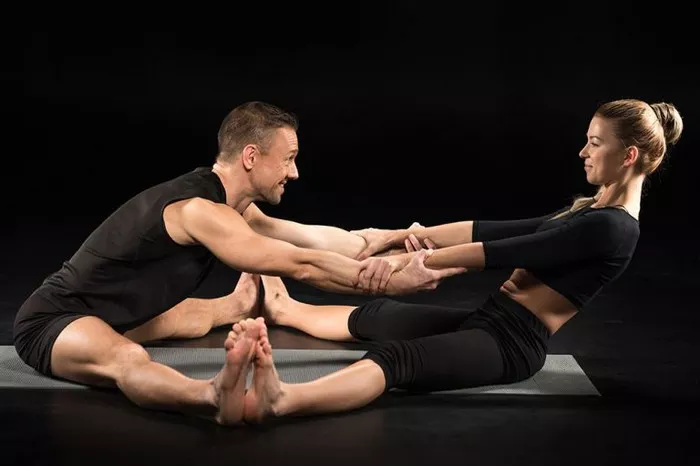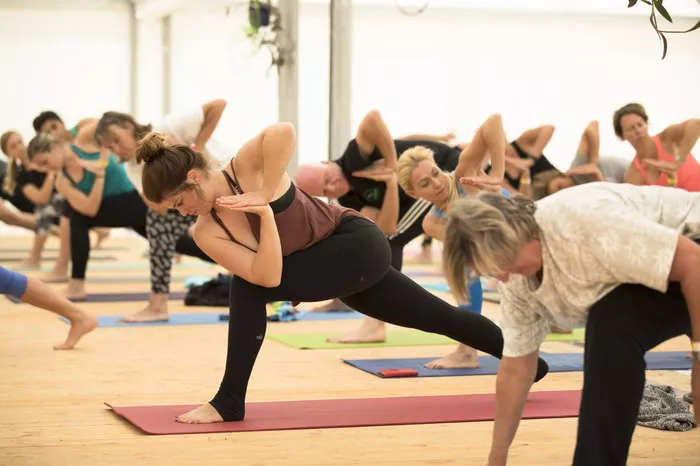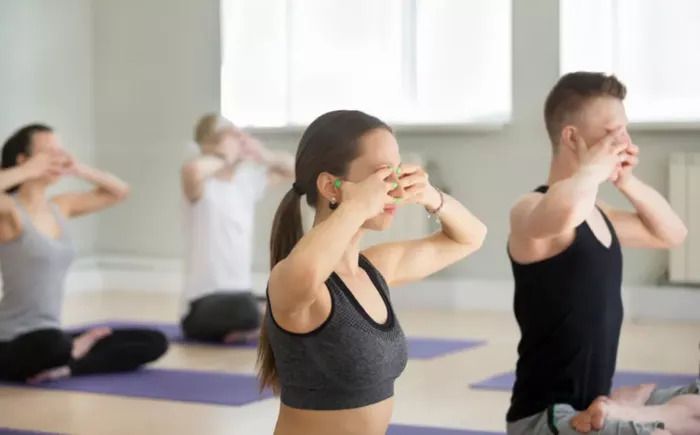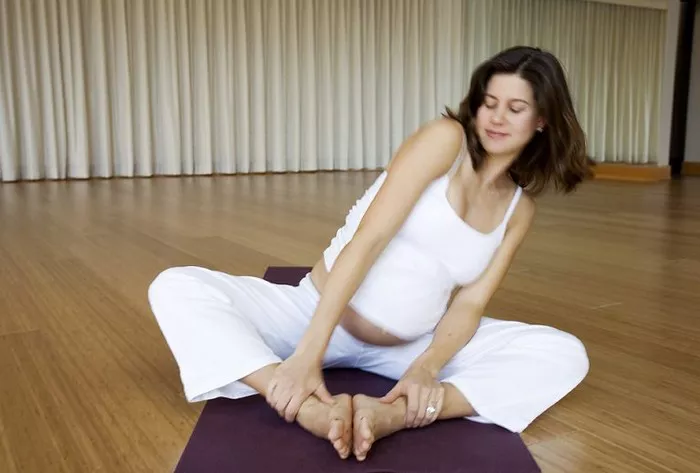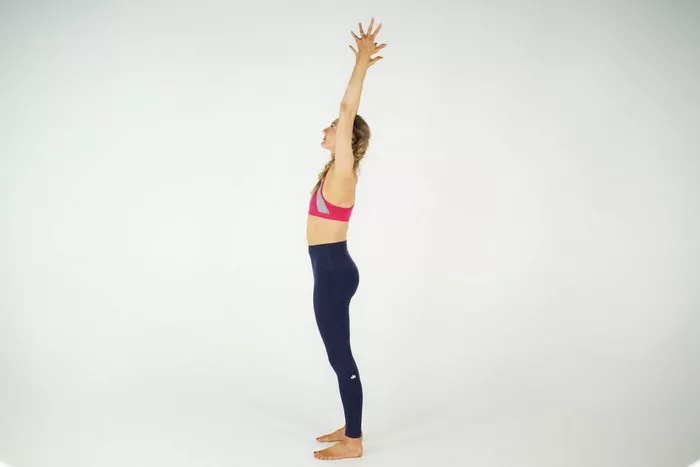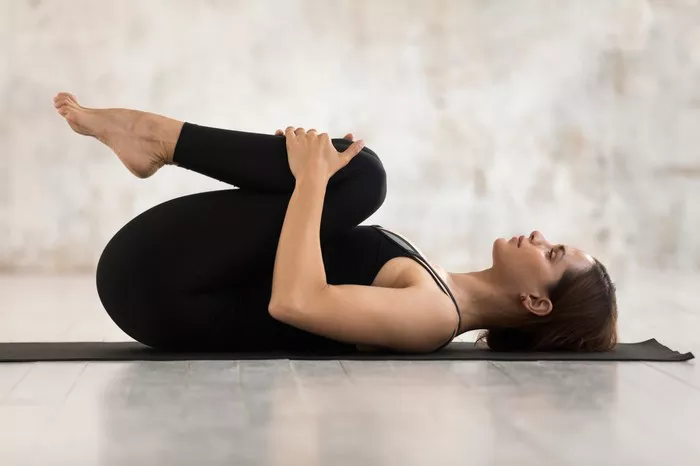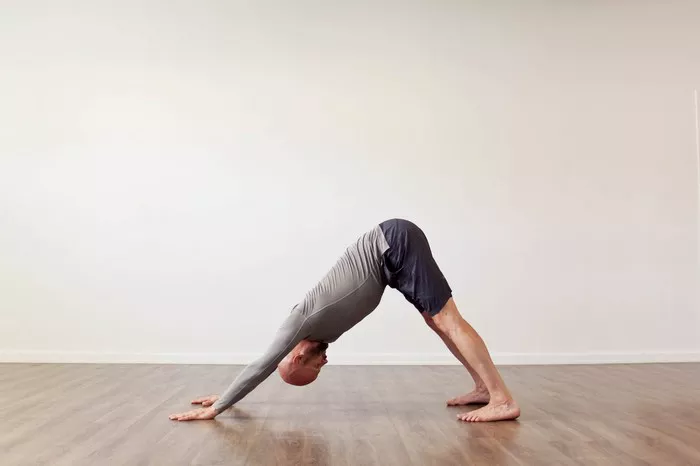Yoga, an age – old discipline hailing from the Indian subcontinent, has traversed vast distances and cultures, witnessing an exponential surge in global popularity over the past few decades. Rooted in ancient Sanskrit scriptures, yoga initially served as a path to spiritual enlightenment and self – realization. However, in modern times, it has transformed into a multi – billion – dollar industry, with millions of practitioners worldwide seeking its physical, mental, and emotional benefits.Amidst the plethora of yoga styles available today, Iyengar Yoga and Hatha Yoga have emerged as two of the most widely recognized and practiced. Hatha Yoga, often considered the foundation of all modern yoga forms, has a history that dates back thousands of years.
Origins and Foundations
Hatha Yoga: The Root Tradition
Hatha Yoga serves as the foundation for many modern yoga styles. The term “hatha” is derived from Sanskrit, where “ha” means sun and “tha” means moon. Symbolically, it represents the balance between the masculine and feminine energies, the active and the passive. Hatha Yoga has its roots in ancient Hindu scriptures, evolving over thousands of years. It aims to prepare the body and mind for more advanced spiritual practices. The fundamental text of Hatha Yoga, the Hatha Yoga Pradipika, written in the 15th century, outlines various postures (asanas), breathing techniques (pranayama), and cleansing practices (kriyas). This laid the groundwork for the systematic practice of Hatha Yoga.
Iyengar Yoga: A Modern Innovation within Hatha
Iyengar Yoga was developed by B.K.S. Iyengar, a renowned yoga teacher. Born in 1918 in India, Iyengar faced numerous health issues during his childhood. Through his dedicated practice of yoga, he overcame these problems and dedicated his life to teaching yoga. Iyengar Yoga emerged as a response to the need for a more accessible and precise form of yoga. Iyengar drew inspiration from traditional Hatha Yoga, but he introduced significant modifications. His approach was influenced by his own experiences, as well as his deep understanding of anatomy and physiology. Iyengar Yoga, thus, can be seen as a modern interpretation and refinement of Hatha Yoga.
Principles and Philosophy
Hatha Yoga: Holistic Balance
At its core, Hatha Yoga emphasizes the integration of the body, mind, and spirit. It aims to bring balance to the physical body through the practice of asanas, to the breath through pranayama, and to the mind through meditation. Hatha Yoga views the body as a temple, and by purifying and strengthening it, one can attain spiritual growth. The practice also focuses on the concept of energy channels (nadis) and energy centers (chakras) in the body. By working on these energetic pathways, Hatha Yoga practitioners seek to unblock and balance the flow of energy, promoting overall well – being.
Iyengar Yoga: Precision and Alignment
Iyengar Yoga places a strong emphasis on precision and alignment in asanas. Iyengar believed that proper alignment is crucial not only for preventing injuries but also for maximizing the benefits of each pose. In Iyengar Yoga, every part of the body is given attention, from the position of the feet to the alignment of the spine. The use of props, such as blocks, straps, and bolsters, is a hallmark of Iyengar Yoga. These props enable practitioners of all levels, including those with physical limitations, to achieve the correct alignment in poses. This approach is based on the understanding that by aligning the body correctly, the energy can flow freely, leading to physical, mental, and emotional benefits. Although the focus on alignment is more pronounced in Iyengar Yoga, it still adheres to the overall holistic principles of Hatha Yoga.
Practice and Methodology
Hatha Yoga: Asanas, Pranayama, and Meditation
The practice of Hatha Yoga typically includes a sequence of asanas, which are designed to stretch, strengthen, and tone the body. Asanas range from simple standing poses to more complex inversions. Pranayama, the practice of controlling the breath, is an integral part of Hatha Yoga. By regulating the breath, practitioners can calm the mind, increase energy, and improve concentration. Meditation, the final component of Hatha Yoga, helps practitioners to quiet the mind, gain self – awareness, and connect with their inner selves. Hatha Yoga classes often vary in intensity and duration, depending on the instructor and the needs of the students.
Iyengar Yoga: Structured Sequencing and Prop Usage
Iyengar Yoga classes are highly structured. The instructor usually starts with simple warm – up poses and gradually progresses to more complex ones. The sequencing of poses is carefully planned to ensure a balanced practice that targets different parts of the body. The use of props in Iyengar Yoga is extensive. For example, in a forward bend, a practitioner may use a block to support the hands, allowing them to maintain the correct alignment without straining. Props also enable beginners to experience the benefits of advanced poses safely. In addition to asanas, Iyengar Yoga also incorporates pranayama and meditation, although the focus on asanas is more prominent.
Asanas: Similarities and Differences
Shared Asanas
Many asanas are common to both Hatha Yoga and Iyengar Yoga. Poses like Tadasana (Mountain Pose), Virabhadrasana II (Warrior II), and Uttanasana (Standing Forward Bend) are fundamental in both practices. These poses help to develop strength, flexibility, and balance. However, the way they are taught and practiced may differ.
Iyengar – Specific Approaches
In Iyengar Yoga, asanas are taught with a greater emphasis on detail. For example, in Tadasana, the alignment of the feet, ankles, knees, hips, spine, and shoulders is precisely explained. The use of props in Iyengar Yoga allows for a more in – depth exploration of asanas. A practitioner with tight hamstrings may use a strap to hold their feet in Uttanasana, enabling them to work on the pose without compromising alignment. In contrast, Hatha Yoga classes may focus more on the overall flow and energy of the poses, with less emphasis on minute details.
The Influence of Anatomy and Physiology
Hatha Yoga: General Understanding
Hatha Yoga has an intuitive understanding of the body’s physical and energetic systems. The practice of asanas and pranayama is based on the knowledge of how the body functions. However, the understanding of anatomy in traditional Hatha Yoga is more in line with ancient Indian concepts of the body, such as the chakras and nadis.
Iyengar Yoga: In – Depth Knowledge
Iyengar Yoga incorporates modern anatomical and physiological knowledge. B.K.S. Iyengar studied the human body extensively, and this knowledge is reflected in his teachings. In Iyengar Yoga, the alignment of asanas is explained in terms of muscle activation, joint movement, and skeletal structure. This scientific approach has made Iyengar Yoga popular among those who seek a more evidence – based understanding of yoga.
Conclusion
In conclusion, Iyengar Yoga is indeed a form of Hatha Yoga. It shares the same roots, fundamental principles, and overall goals of Hatha Yoga, such as the integration of the body, mind, and spirit. However, Iyengar Yoga has its own unique characteristics, including its emphasis on precision, alignment, and the use of props. These features have made Iyengar Yoga a distinct and valuable practice within the broader spectrum of Hatha Yoga. Whether one chooses to practice traditional Hatha Yoga or Iyengar Yoga, both offer profound physical, mental, and spiritual benefits. Understanding the relationship between the two can help yoga practitioners make informed choices about their practice and deepen their appreciation for the rich heritage of yoga.
Related Topics


